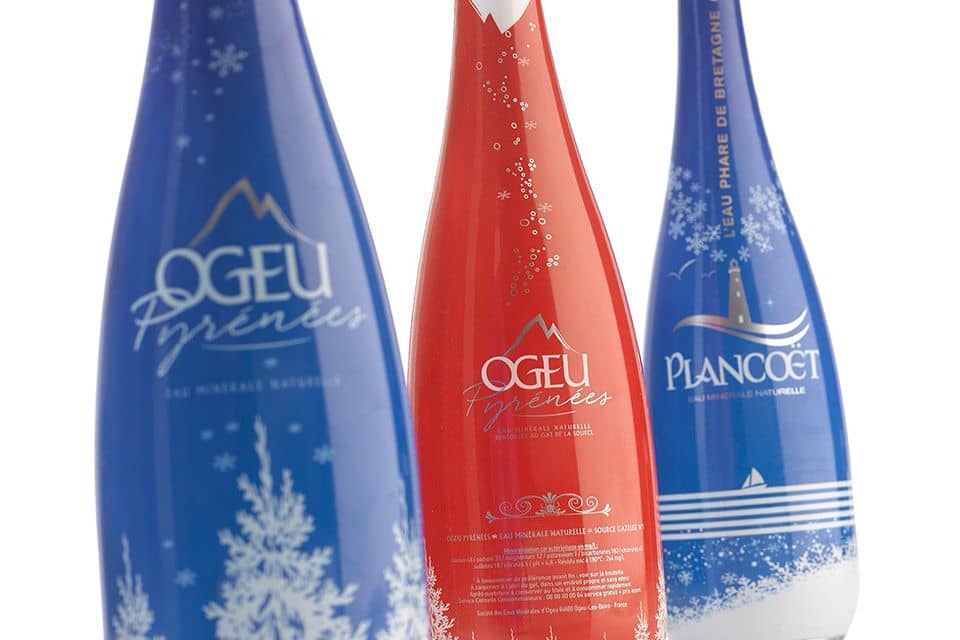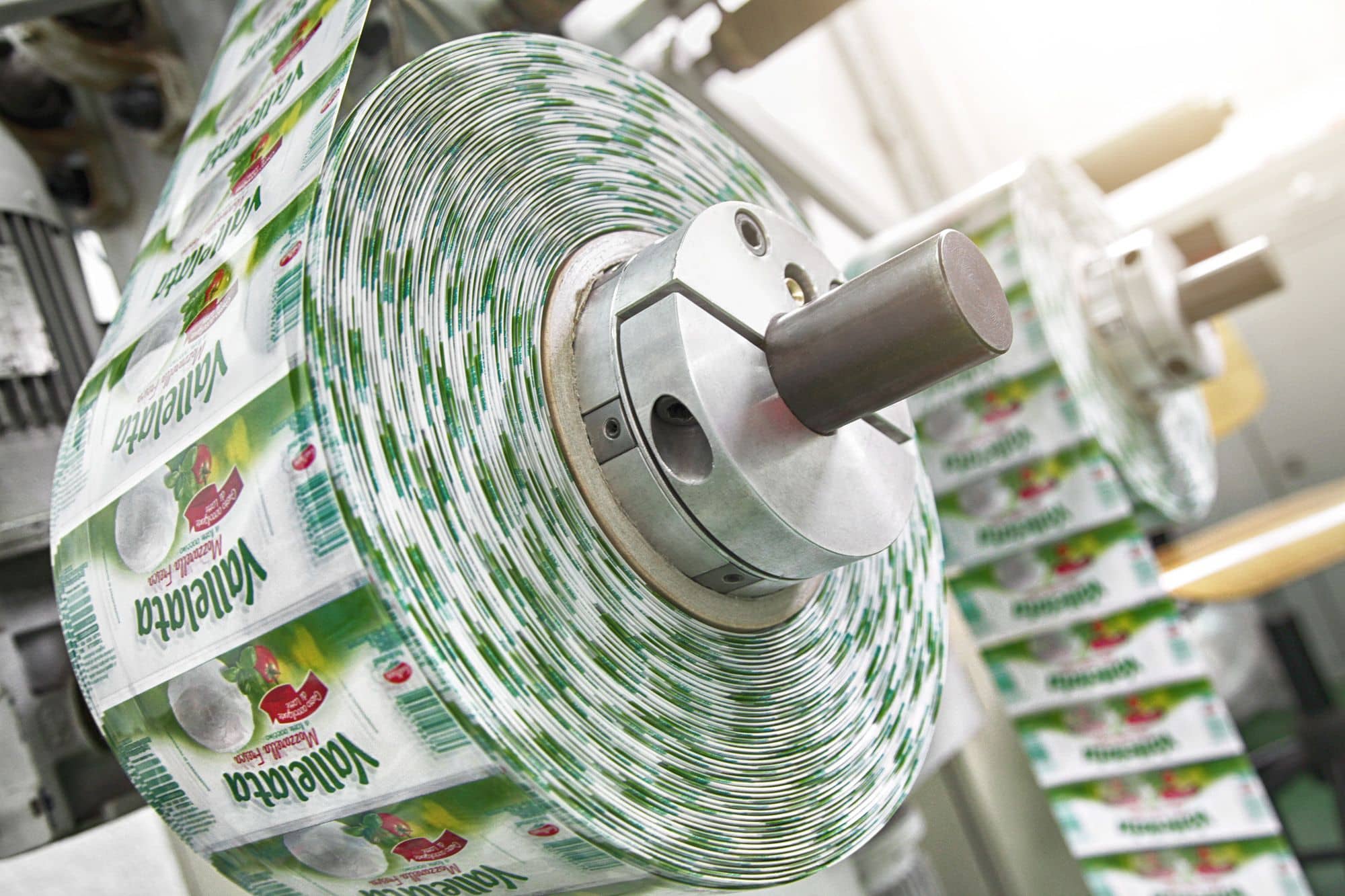
06 Aug Would you like us to decorate your packaging with a sleeve?
In this post we are going to talk about sleeves, those “dresses” that we at Rieusset put on packaging in order to decorate them and make them stand out on the shelf.
Sleeves, also called heat shrink sleeves, are labels that adapt themselves to the shape of any packaging due to the material they are made of and the thermal process they are subjected to shrink them.
But why a sleeve?
Sleeves
- confer a touch of high quality,
- can cover the entire packaging if necessary,
- allow the customer to put a lot of information on a label, and
- they can even be used to protect the packaging from potential contamination.
Keep in mind that the sleeve makes it possible to decorate shapes that are, shall we say “strange” or not uniform, thanks to how they adapt themselves to all types of shapes.
As a curiosity, I would like to comment that the first sleeve was produced in Japan around the year 1960, and it was used to show if a packaging had been tampered with. Can you guess what was in the container? Sake!
What types of sleeves are there?
There are several different ones, but we will elaborate on the two that are most present on the market, the so-called “stretch sleeves” (which are based on a low density polyethylene film, LDPE), and “heat shrink sleeves.”
As you can see, they are all called sleeves – including others that I am not going to mention here – but they cannot all can be used for the same applications since each one has its own specific characteristics.
In this post we are going to center on those that occupy 80% of the market: the “shrink sleeves.”
What materials are used to make these sleeves?
We mainly find PVC (polyvinyl chloride), PET (polyester or polyethylene terephthalate), OPS (polystyrene) and, more recently, PLA (polylactic acid) among others where we could highlight the hybrids. For the more curious of you, we can already announce that in a future post we will talk about these in more detail.
The principal characteristic of all of these materials is their capacity to retract or shrink, and therefore they can adapt themselves to the packaging.
Currently these materials are processed at thicknesses between 40 and 50 microns.
How is a sleeve made?
The manufacturing process is not very different from that used for other flexible packaging, although in this case the difference lies in the finishing process.
First the material is printed by transparency (on the inner part of the sleeve) for transparent materials or on the surface (on the outside of the sleeve) for opaque materials. Later, depending on the width of the printing press, it is cut according to the width of the sleeve requested by the customer, and finally it is shaped into a tube by folding and sealing the film with adhesive.
Easy, right? Well, not really.
How can you print a material that loses its shape?
The printed image has to take into account the shrinkage to which the sleeve will be subjected when it takes on the shape of the packaging. Therefore, the flat printing shows a distorted image so that when it shrinks it can be seen correctly.
For this, we have to measure the deformation to which the material will be subjected and establish the necessary corrections to counteract this distortion with the help of specially created software.
And if the material loses its shape, does any ink work?
No, not just any ink will do. The ink we use to print must have specific elastic properties that allow it to adapt itself to these distortions.
Additionally, in the places of greatest shrinkage, great care must be taken with the density of the ink that is applied so we do not to lose color uniformity on the packaging.
As you can see, sleeves entail some different complications in comparison to other printed products such as labels or flexible packaging. In Rieusset we take care of all of this so that our customers may receive the product they purchase with the quality they need.
And since any packaging can have a sleeve, are you interested in putting one on yours?
| We Manufacture: | Meet Rieusset: |



